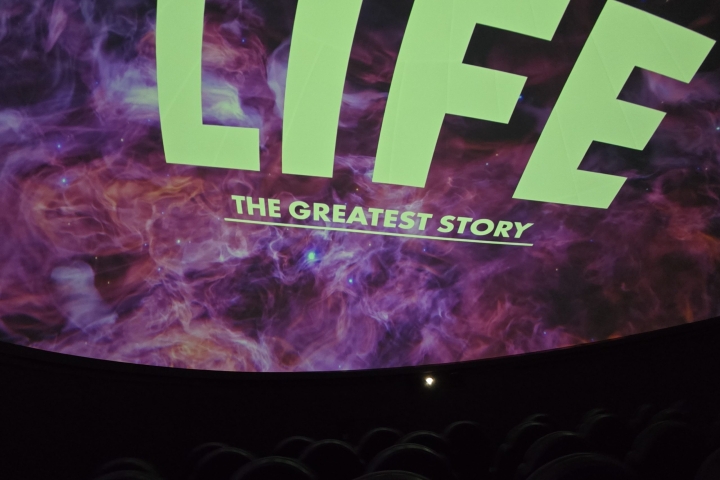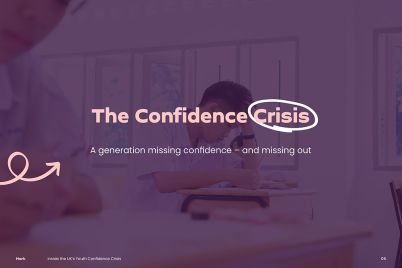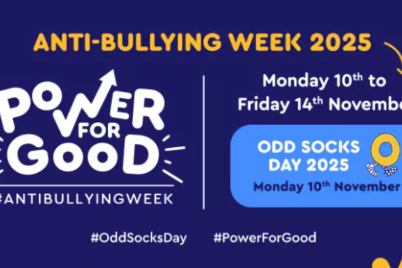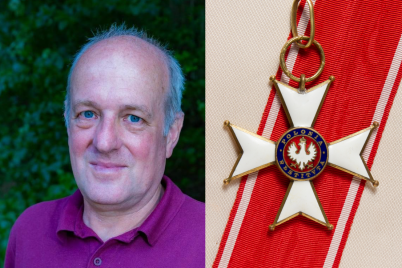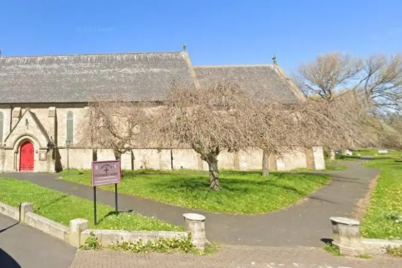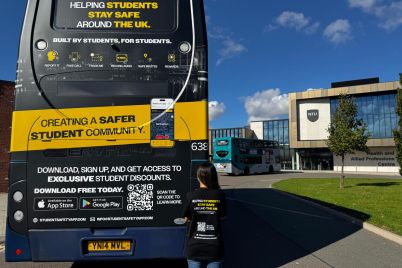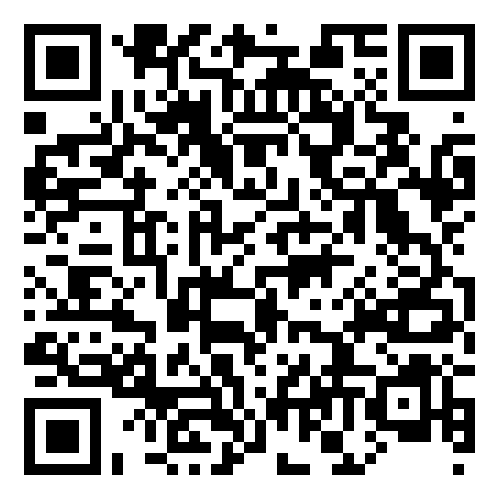How can you tell 4.2 billion year’s worth of story in 25 minutes?
That was the question faced in Newcastle by Life Centre lead animator/film maker Tommy Howell.
As part of the 25th anniversary celebration of Newcastle’s Centre For Life, the visitor attraction portion of this amazing science village has been putting on a new show.
Life: The Greatest Story is the work of both Tommy Howell himself and many other members of the Life Centre team and wider community. Given how big of a challenge and occasion this was, Northern Gazette felt it had no choice but to go up to visit and see for ourselves.
The film itself is an exceptional achievement, combining vividly drawn recreations of the past, insightful commentary from the present, and creative and lovingly crafted visions of both the future and far off worlds.
With occasional narration beautifully written and performed narration by BAFTA nominated actress Alex Kingston, as well as commentary and interviews from leading scientists, we are told about life’s rarity, fragility, and impactful nature in the universe.
“Our incredible luck then, to have inherited a world that has ticked so many unlikely boxes” the narration says.
“A planet covered in liquid water. Any closer to the sun and it would evaporate. Any further away and it would freeze.”
“Not too hot, not too cold, a perfect Goldilocks zone”
“Earth is an island. An oasis.”
“Life is tenacious. But life is not indestructible”
The film discusses the perseverance of life to reach this point, the ongoing search for life in other parts of the universe, and speculations as to what that life might look like when we find it. We spoke to Tommy to find out more about the process of making the film, what he learned as he worked on it, and what’s coming next for the film making team at the Life Centre.
What was the inspiration for the film?
“We knew for the 25th anniversary, we wanted to do a film about ‘life’ and all the facets of that. The origins of life and the exploration of life elsewhere. We wanted to do a science documentary, where as previously we’d made films aimed at younger children. This one we wanted to be a little more serious.”
“I was inspired by a lot of things like Carl Sagan’s documentaries like Cosmos. The way it was written.”
What do you hope children will take away from this film?
“I hope they enjoy the film and the visuals, the imaginative aspects”
“I hope we can introduce children to the concept that life is very special on Earth, and that factor makes it so unique and important. Also, I want them to think about the possibility of finding life elsewhere, and what an important scientific milestone that will be.
“I really wanted to introduce children to lots of aspects of space science associated with life. Things like astrobiology that aren’t covered by the curriculum. I think that really inspires younger people.”
“When I was younger, I was really interested in the idea of alien life. Not so much UFOs or aliens visiting here, but just the idea of life elsewhere, and what that might look like. It’s interesting introducing that topic in a more scientifically grounded sort of way.”
What do you think adults will take away from the film?
“For adults, we always wanted to get some specific scientific content in there. We talk about things like LUCA, the Last Universal Common Ancestor. The single celled organism that all life now shared a connection to. One of the things the scientists suggested was that it wasn’t alone, but actually there were lots of other microbial life at the time, and this was just the one that gave us what we have now, so that was really interesting.
“There’s also the climate side. There’s often very specific and certain angles people use when they talk about the climate. We wanted to approach that in a slightly different way, with people talking about the uniqueness of Earth.
“We wanted to flip the discussion of climate issues around with the search for extra-terrestrial life and make people think of other places having the same challenges we do, and potentially failing in terms of the way they sustain their civilisations, and whether or not that’s a lesson to us.”
What did you learn about the science and things in the process of making this film?
“So I am not a scientist, and I don’t have a science background, but I’ve always had a real interest in the area.
“I learned a lot more about evolution in different time periods, about things like the last universal common ancestor, and we actually ended up changing a lot of the film based on what we learned through our interviews with the academics.
“We had our own spin on certain topics, but when we talked to the specialists we ended up reversing things based on what they had said.
“Particularly when talking with Peter [Vickers] in the sections we did on the search for intelligent life, he brought in a lot of interesting ideas that we hadn’t even considered.
“These angles allowed us to look at life in this very special way, and reflecting some of the beauty of that.”
What sorts of films and productions inspired you in the making of this piece?
“So I was really inspired by Cosmos from the 1980s. The way Carl Sagan looks at these topics is really interesting, he’s great at engaging the subject matter both poetically and succinctly.
“There was also other things like other planetarium films I’ve seen, and then the Pixar film Up, the montage of the old man’s life at the start of that. That was very inspiring. There’s also a classic sequence in the Disney film Fantasia with life progressing up through dinosaurs, and things like that. That was all very inspiring.
“I suppose it wasn’t really one single inspiration, but there were lots of things like that.”
What were the most technically challenging parts of the film to make?
“Well whenever you are filming anything for a planetarium film, you need a very specific camera for that, so that was definitely a big challenge!
“In terms of other areas, with things like the animation, it was more of the time scale that was the challenging component. The film took around six months to make, around four months of that specifically was animating the various creatures and aliens and such, building them up from simple shapes to something that has fur and feathers and things like that. Both the real animals and the imagined aliens there.
What was your favourite alien to create?
“Funnily enough, I didn’t actually create all the aliens. We had another competition running as we were producing the film. We invited children to design aliens that could appear in the film and give them backstories and such. In the end we used three of their designs in the final cut of the film, which was very rewarding and enjoyable to create.
“There was one in particular with three legs, sticking its very long tongue out to grab flies, that was one of our contest ones. And another with a very silvery coat and a big
What kind of science and research did you have to get to grips with to make this presentation work?
“A lot of the process was looking at contemporary space missions, like the JUICE mission going to Jupiter’s ice moons, and the Dragonfly mission going to Saturn’s moon Titan. We read a lot of the mission profiles from those areas and what these missions were looking for, and then we reflected that back into what we could put into the film. Naturally it’s very hard to fit all that into a 25 minute span.
“I also talked to a lot of our team members, many of whom have more of a science background than me. We had a palaeontologist in our schools team, and one of my immediate managers is a marine biologist, so there was a lot to draw on there.”
What was it like working with the other scientists?
“They were really great! So very diverse in terms of their subject matter and expertise. One of the first ones you see in the film, Jon Telling, who has the amazing title of Geomicrobiologist, he was doing experiments on the earliest proto-chemical forms of life and how life begins at the chemical level.
“David Rosario was an amazing person to speak to as well, he’s more of a cosmologist and working with data from the James Webb Space Telescope and things like that. It was really amazing to speak to.
“Amanda Jones, from Northumbria University, she was really amazing to speak to as well. She’s a bacteria specialist, and her real optimism about the ability of that kind of life to survive and grow and thrive even somewhere like Mars. There could be that kind of life surviving out there, somewhere so harsh, that’s really amazing.
“Then we’ve got Peter Vickers too, he’s a philosopher of science, so that’s another really interesting angle. He had some really very interesting ideas about the search for life. Even if it’s unlikely, he still believed it could be found within our solar system eventually. All really interesting people, really fascinating perspectives.”
What is the future for making films of this kind looking like for you and your team here?
“Well we’ve got a Halloween themed film coming up soon, called ‘bump in the night’, that’s more of a kind of children’s film, will be releasing that in early October. As for more science projects, we had another project called Earth Defenders, which was all about satellites, we’re having to tweak because of certain things in real life that have happened to these characters! Which of course are real spacecraft! We’re planning to distribute that to other planetariums soon.”
“As for new science films, we’re busy at the moment consolidating the films we’ve made so far. So, by around March/April next year we’ll have five films in our catalogue. We were looking to do a moon-focused film, around the Artemis launches, but because of where those are at the moment, that’s all a bit uncertain, so it’s hard to plan around that. But whatever happens next, it will all be about science, and it’s going to be really exciting and fun!”

